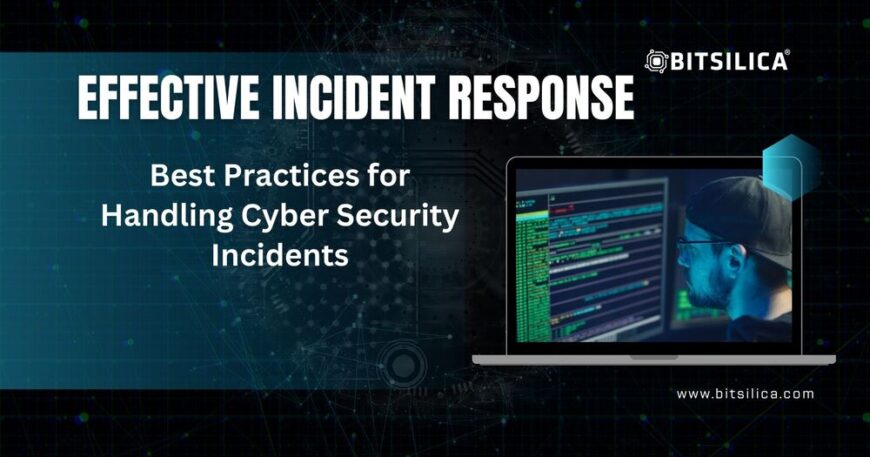Effective Incident Response: Best Practices for Handling Cyber Security Incidents
Introduction
In today’s digital landscape, cyber security incidents are inevitable. Having an effective incident response plan is crucial for minimizing damage, recovering quickly, and preventing future incidents. This blog post will cover the best practices for developing and implementing a robust incident response plan, with real-world examples to highlight their importance.
Understanding Incident Response
Incident response is a structured approach for handling and managing the aftermath of a cyber security incident. The goal is to handle the situation in a way that limits damage and reduces recovery time and costs.
Key Components of Incident Response:
• Preparation: Establishing and maintaining an incident response capability.
• Detection and Analysis: Identifying and analyzing potential security incidents.
• Containment, Eradication, and Recovery: Containing the incident, eliminating the threat, and recovering systems to normal operations.
• Post-Incident Activity: Learning from the incident to improve future response efforts.
Example: In 2013, Target experienced a data breach that exposed the personal information of 40 million customers. The company’s slow response to the incident exacerbated the damage, highlighting the need for a swift and effective incident response plan.
Preparing for Incidents
Preparation is the foundation of an effective incident response plan. This involves establishing policies, procedures, and resources needed to respond to incidents.
Best Practices:
• Incident Response Policy: Develop a comprehensive incident response policy outlining roles, responsibilities, and procedures.
• Incident Response Team (IRT): Establish a dedicated IRT with clear roles and responsibilities.
• Training and Drills: Conduct regular training sessions and simulated incident response drills to prepare the team.
Example: A financial institution significantly improved its incident response capabilities by conducting regular training and simulation exercises, leading to a faster and more efficient response during actual incidents.
Detecting and Analyzing Incidents
Early detection and accurate analysis are critical for effective incident response. This involves monitoring systems for signs of potential incidents and analyzing the impact and scope of detected incidents.
Best Practices:
• Monitoring Tools: Implement intrusion detection systems (IDS), intrusion prevention systems (IPS), and security information and event management (SIEM) solutions.
• Log Analysis: Regularly review and analyze logs from various sources to identify anomalies.
• Incident Classification: Classify incidents based on severity, impact, and type to prioritize response efforts.Incident Response
• Title: Effective Incident Response: Best Practices for Handling Cyber Security Incidents
Conclusion
An effective incident response plan is essential for managing cyber security incidents and minimizing their impact. By preparing for incidents, detecting and analyzing threats, containing and eradicating them, conducting post-incident reviews, and maintaining clear communication, organizations can enhance their resilience and protect their digital assets. Stay vigilant and proactive in developing and implementing your incident response plan to safeguard against evolving cyber threats.





